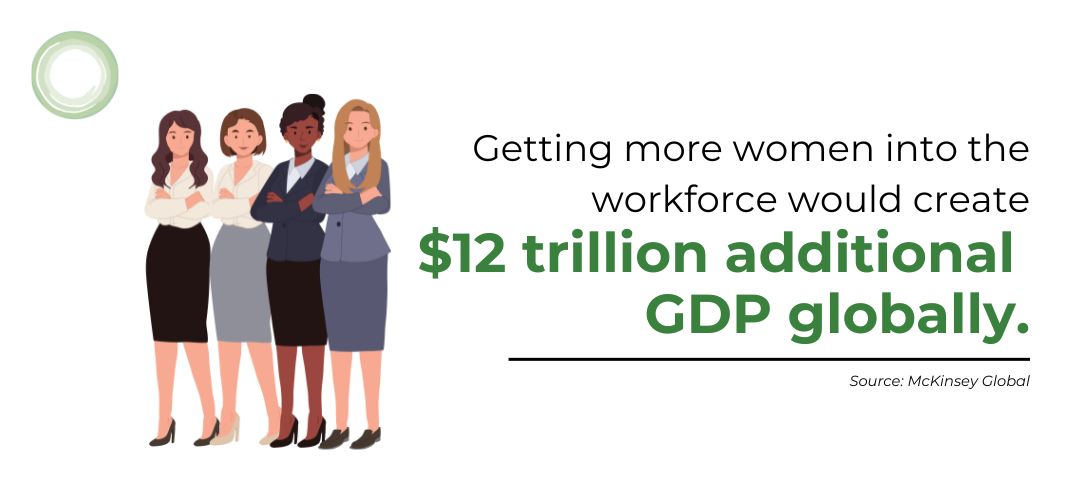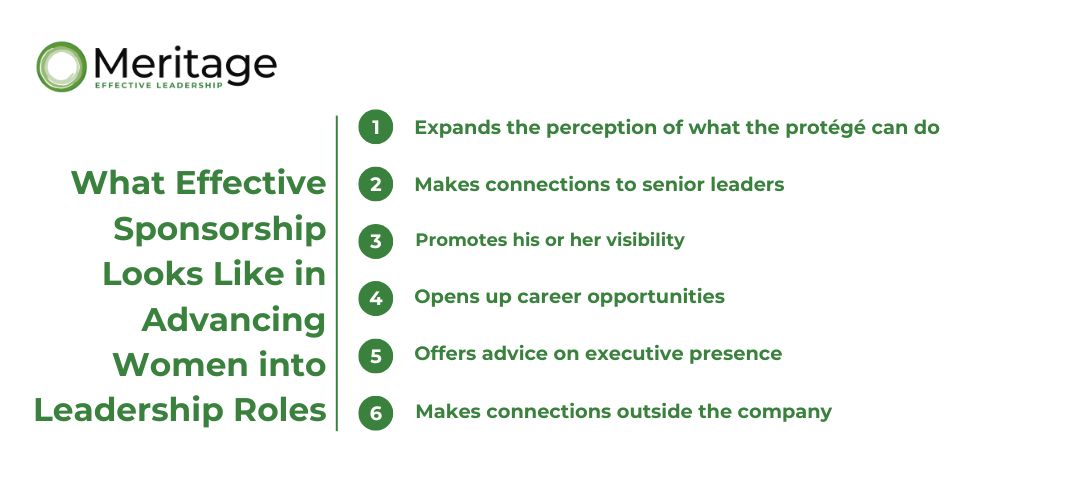Why Diverse Leadership Begins with Women
There’s a simple yet powerful tactic for driving the sort of diversity that bolsters the performance and health of your business. In a word: sponsorship.
There’s a reason why we talk about diversity and inclusion strategies. Diversity is simply the way we segment our workforce and customers—by any differentiating dimension, including age, gender, disability, sexual orientation and ethnicity. Inclusion is the degree to which those groups are valued by the organization. Inclusion is about belonging. It’s what unleashes the true power of diverse teams and businesses.
In a recent report based on ten years of research, the McKinsey Global Institute estimates that getting more women into the workforce would create $12 trillion additional GDP globally. And at organizational levels, countless reports show the link between diversity and improved business results. For example, McKinsey’s meticulous analysis of over 300 companies showed a difference in return on equity of 47% between those companies with the most women on the executive teams and those with none—and a staggering 55% difference in operating results. And yet progress over the last ten years continues to be painfully slow.

Looking to accelerate that progress? Explore executive coaching for women in leadership to build a stronger, more balanced team.
While countless numbers of organizations are right this minute drawing up long lists of diversity strategies, too often this exercise creates noise without action.
The Power of Sponsorship vs Mentorship in Advancing Women
What if they were to stick with what we already know works?
Sponsorship is a powerful leadership development strategy. In systems that often favor the “in” group, high-potential women need a champion—through executive coaching or public sponsorship—to help them advance into leadership roles. Whereas mentoring conversations can be useful, these happen privately. Sponsorship is public.
Want to cultivate a culture of public advocacy for rising women leaders? Book a leadership development demo and learn how we guide senior teams through that shift.
It occurs whenever one person of influence promotes the achievements, capabilities and future potential of someone else. Imagine if everyone on your team was looking out for a woman coming up the ranks with the potential to make a great future leader in your organization? More of them would make it.
It’s known as the sponsorship effect—and we’ve known for years that it works.
In a study led by the Center for Work-Life Policy researchers discovered that “what’s been holding women back isn’t a male conspiracy but rather a surprising absence of advocacy from men and women in positions of power. Women who are qualified to lead simply don’t have the powerful backing necessary to inspire, propel and protect themselves on their journey through upper management. Women lack, in a word, sponsorship.”
Without sponsorship, access to leadership development programs and career advancement pathways remains unequal.
Women, it turns out, have plenty of mentors, but not nearly as many sponsors as men do. And while “mentors proffer friendly advice, sponsors pull you up to the next level.”
Our programs help senior leaders understand the difference and step confidently into the role of sponsor. Connect with us here to learn more.
What Effective Sponsorship Looks Like in Advancing Women into Leadership Roles
An effective sponsor is anyone who uses their “chips on his or her protégé’s behalf and advocates for his or her next promotion” as well as who does at least two of the following:
- Expands the perception of what the protégé can do
- Makes connections to senior leaders
- Promotes his or her visibility
- Opens up career opportunities
- Offers advice on executive presence
- Makes connections outside the company
Senior Leadership’s Role in Sponsoring and Advancing Women
So, ask yourself and your senior colleagues, what woman has the potential to balance your team to make you more effective? And if you don’t know, find out.
Start role modeling the sort of sponsorship behavior you want others to copy; the sort of sponsorship behavior that, unlike that long list of good ideas, is actually a move that makes all the difference.
Build a diverse leadership pipeline by investing in executive coaching and sponsorship training. Book a leadership development demo to explore how we help organizations advance women into leadership roles.



